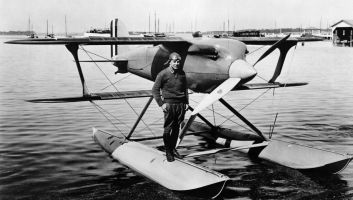
James H. Doolittle, the NACA’s last chairman, visited Langley in February 1928 in his Curtiss R3C-2 Racer
The Curtiss V-1400
Compiled by Kimble D. McCutcheon
Published 22 May 2024
 James H. Doolittle, the NACA’s last chairman, visited Langley in February 1928 in his Curtiss R3C-2 Racer |
The Curtiss V-1400, a further development of the Curtiss D-12, powered the Curtiss RC3-2 racer, in which James H. Doolittle won the 1925 Schneider Trophy Race. Although smaller and lighter, the V-1400 used larger cylinders and developed more power than the D-12. In place of the closed-end steel sleeves employed by the D-12, the V-1400 used open sleeves that were screwed into the aluminum alloy cylinder block and head. The valves seated upon aluminum-bronze inserts. |
 |
 |
| Friction | Power |
Starting 11 Feb 1925, Curtiss V-1400 SN 1 was subjected to a 50-hour acceptance test. This report shows the curves traced from data collected and views of some components after the test. This material came from the U.S. National Archives at College Park, Maryland, Record Group 72 Entry 96 Box 21.
 |
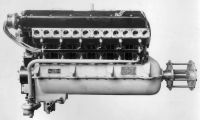 |
 |
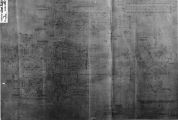 |
| Curtiss V-1400 Images and Installation Drawing | |||
|
Type = Water-Cooled Direct-Drive 60° V-12 Propeller Rotation = Clockwise when viewed from rear Length x Width x Height = 51.063 x 26.0 x 35.688" Bore x Stroke = 4.875 x 6.250" Displacement = 1,399.91 in³ Compression Ratio = 5.5:1 Maximum Output = 510 hp at 2,100 rpm, sea level Ignition = Delco Battery or Splitdorf Magneto Carburetor = 2 Stromberg NA-Y6 |
Maximum Oil Inlet Temperature = 160°F Desired Oil Inlet Temperature = 140°F Desired Oil Pressure at 2,100 rpm = 100–120 psi Desired Oil Grade = Gulf 90-95 summer, 75-85 winter Fuel Consumption = 0.53 lb/hp/hr Oil Consumption = 0.02 lb/hp/hr Maximum Water Outlet Temperature = 180°F Desired Water Outlet Temperature = 160°F Dry Weight = 660 lb |
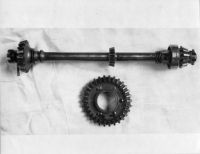 |
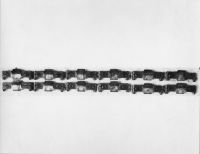 |
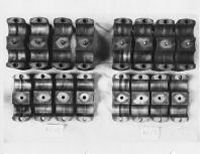 |
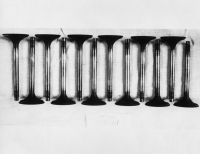 |
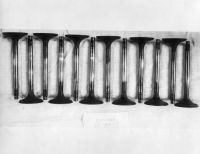 |
| Cam Drive | Rocker Arms | Cam Bearing Caps | Exhaust Valves | Intake Valves |
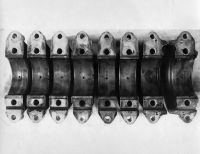 |
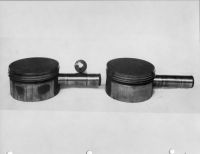 |
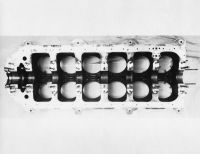 |
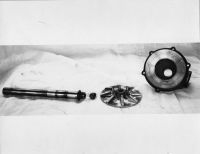 |
 |
| Main Bearing Caps | Pistons | Upper Crankcase | Water Pump | Connecting Rods |